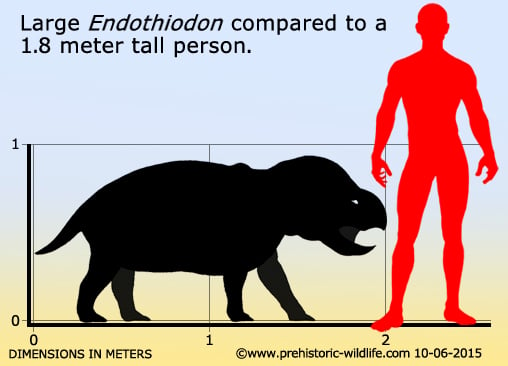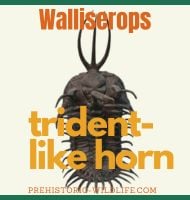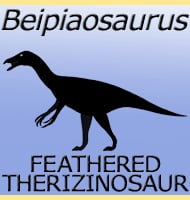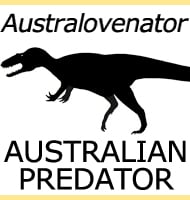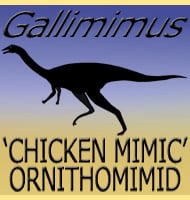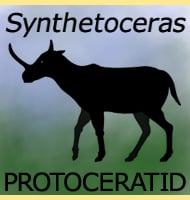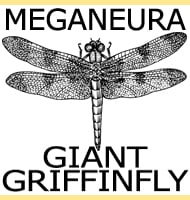In Depth
Endothiodon is certainly one of the more interesting genera of dicynodont. First named in 1876 from fossils discovered in South Africa, Endothiodon is not only known from other African countries such as Tanzania, Zambia and Mozambique, but the genus is also known from India in Asia, and now also Brazil in South America. This is because back in the Permian when Endothiodon lived, South America Africa and Asia were still connected, and would not drift apart until many millions of years later. The discovery of Endothiodon in Brazil is particularly noteworthy as this marked the first documented discovery if dicynodont fossils in South America.
One thing that immediately stands out about Endothiodon is that the genus lacks the two downward pointing tusks that are a common feature in other dicynodonts. The forward portion of the upper jaw also curves upwards slightly, while the lower jaw also curves up to follow the curvature of the upper jaw. This may have been an adaptation to a particular method of feeding that helped Endothiodon to get plants into the mouth. Early on Endothiodon were also thought to have had two rows of upper teeth, but this was later realised that the second row were actually the crowns of the teeth from the lower jaw that had become fixed to the upper jaw after death. This means that Endothiodon only had one row of teeth in the upper jaw.
In life Endothiodon would have had a hardened beak that was suitable for cropping low growing vegetation which was then processed by pear-shaped teeth in the mouth. Although a fairly large herbivore, Endothiodon may have still been attacked and preyed upon by predators such as gorgonopsids.
Many species of Endothiodon have been named, but today only four are recognised as valid. Further to this some researchers have speculated that these species may actually represent different growth stages of just one species. This is because the primary factor in identifying different species of Endothiodon is at this time their relative size to one another.
Further Reading
- Descriptive and illustrated catalogue of the fossil reptilia of South Africa in the collections of the British Museum. - Taylor and Francis. - Richard Owen - 1876. - Catalogue of types and figured specimens of fossil vertebrates in the American Museum of Natural History. II.–Permian, Triassic and Jurassic reptiles of South Africa. - Bulletin of the American Museum of Natural History 25(2):105-164. - Robert Broom - 1915. - On the palate, dentition, and classification of the fossil reptile Endothiodon and related genera. - American Museum of Natural History 2171. - Barry C. Cox - 1964. - Dentition and feeding niche of Endothiodon (Synapsida;Anomodontia). - Palaeontologia Africana 32, 75-82. - E. M. Latimer, C. E. Gow & B. S. Rubidge - 1995. - Endothiodont Dicynodonts from the Late Permian Kundaram Formation, India. - Palaeontology 43(2):375-404. - Sanghamitra Ray - 1999. - On the presence of the Late Permian dicynodont Endothiodon in Brazil. - Palaeontology Volume 56, Issue 4, pages 837–848 - Alessandra D. S. Boos, Cesar L. Schultz, Christina S. Vega & Juar�s J. Aumond - 2013.
